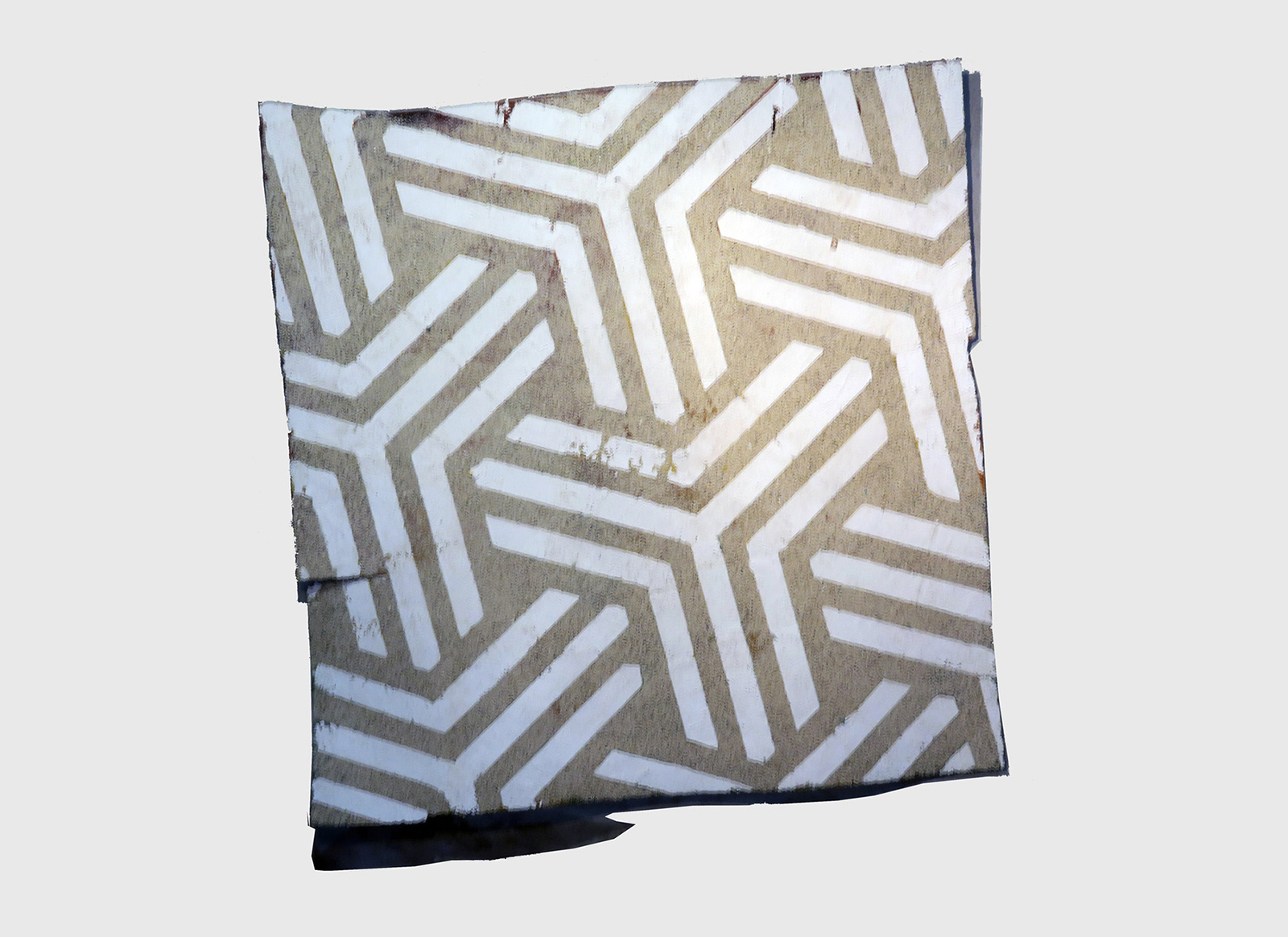William Blake in response to the Joshua Reynolds’s comment, ‘Well, Mr. Blake, I hear you despise our art of oil painting’, he famously retorted: ‘No, Sir Joshua, I don’t despise it; but I like fresco better’.
Peter Ackroyd, Blake, Vintage, 1999, pp. 61-62.
Since my youth, Fresco paintings always attracted my attention.
I looked at fresco paintings for the first time in the Museo Nazionale di Napoli, where a large collection of paintings from Pompei and Ercolano is exhibited.
Looking at these ancient paintings I got that special feeling of amazement that the ancient Greeks considered to be the beginning of learning.
My eyes wandered over the painted surfaces and were absorbed, from time to time, by some forms or patterns of colours, by small fragments of terracotta or glass tesseras mixed into the slaked lime. Looking back at that event, I interpret it not simply as empathy but rather, as a cognitive penetration or insight.
Later on, I felt that the opaque surface of fresco painting attracts attention into itself and holding it there, presents and define itself as something that cannot “be told”, cannot be reformulated without being lost, being transformed in something ‘other’.
From this observation, after various attempts, I started the research that brought me to re-consider the art of fresco painting and to start afresh to reflect on its internal language.
